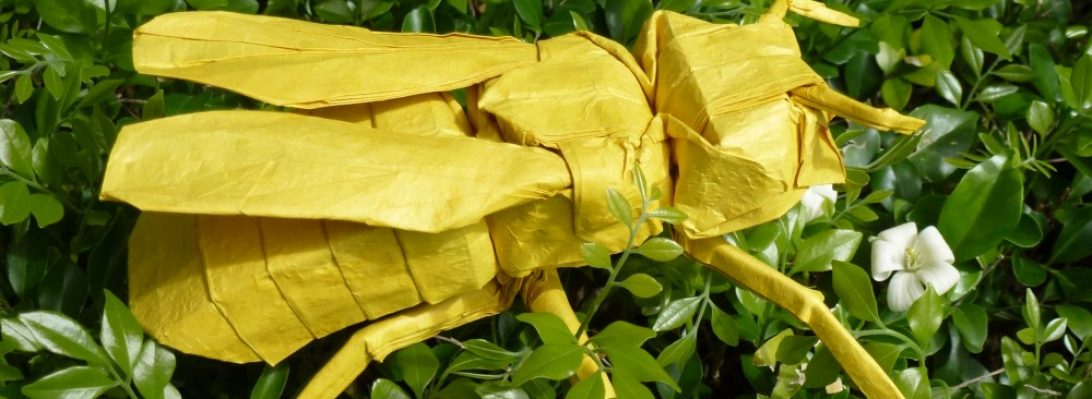Boxes and containers are a branch of Origami that I find fascinating – how you can bend a flat sheet into a container has always interested me. This jewellery box, by David Brill, is a masterpiece of pre-folding

Inside, it is finished, lined, refined and tidy, has a “lip” that, if the model is made with coloured paper turns out to be the inside colour – the lid closes down on that lip smoothly, a beautiful hinge and just … works.

A hideous fold actually, based on FIFTHS, everything is folded using them, so the size of the box is 1/5 the length of the starting square, the trick is to tidily tuck away all that paper and lock it into place so it does not sproing apart. I started with a square cut from an A4 page, and the resultant ring box emerged the size a REAL one would be – nice happinstance.
Feel like i achieved something here as I had never done this fold before and there were moments when I was sure I had my first failure, because it just goes to hell and then re-emerges in an organised way.
Have a go yourself: http://www.happyfolding.com/instructions-brill-box_and_lid




























